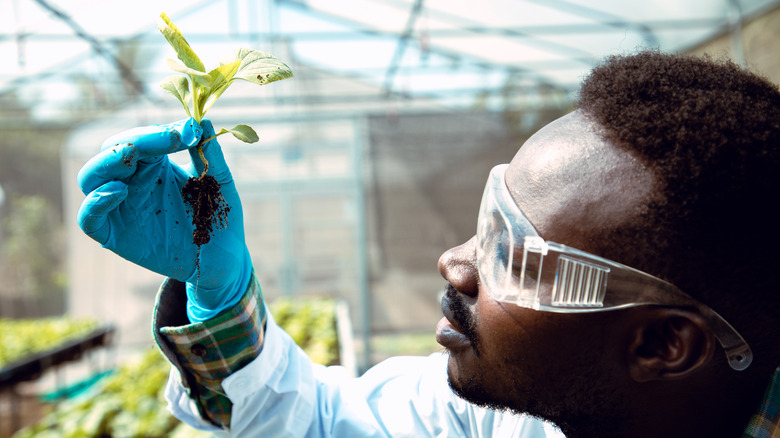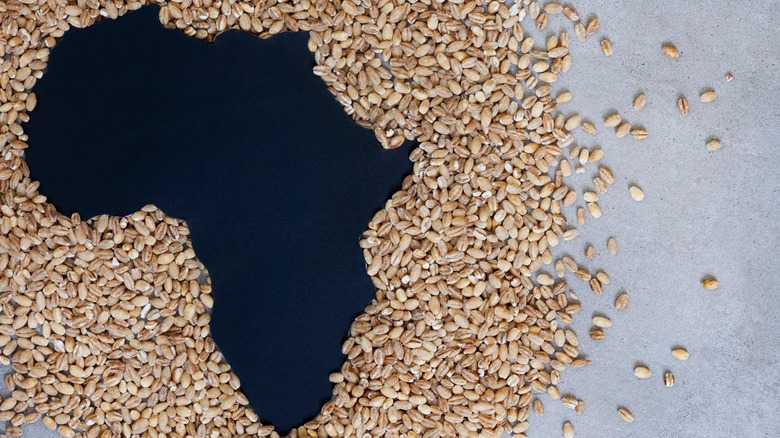How Scientists In Wales Are Working To Ease The African Food Crisis
The Horn of Africa is facing one of its most severe food crises in decades. The British Red Cross reports that the East-African region is currently facing the worst drought it has seen in 40 years. Crop yields have been reduced by as much as 70% in some areas, and more than 117 million people are likely to go hungry if proper aid is not provided.
The U.S. Special Envoy for Food Security Cary Fowler recently spoke to NPR about the crisis and says that it is being driven by a combination of climate, covid, and conflict. Along with the drought, civil war in Ethiopia has disrupted distribution channels, and the war in Ukraine has severely limited countries' ability to import much-needed grain. Fowler says that the first shipment of Ukrainian grain since the start of the Russian invasion recently arrived in the region. A ship known as Brave Commander carried in 23,000 metric tons of desperately needed grain which could produce up to 60 million loaves of bread.
This current crisis may only be the beginning of a period of increased food insecurity on the African continent. Leaders at the recent G-20 summit warned that the death toll of food scarcities may even dwarf those of the COVID-19 pandemic without taking precautionary measures. Staple crops like yams may also be threatened by the increased effects of climate change.
Researchers tackle ozone
Reuters reports that researchers in Wales are working to reduce future food insecurity in Africa. Scientists at the UK Centre for Ecology and Hydrology are currently studying the effects of ozone pollution on common African crops to determine which have the greatest resistance. Ozone is gas that forms when high temperatures and sunlight meet fossil fuel emissions. It forms the ozone layer which protects the Earth from the Sun's ultraviolet rays, but on the Earth's surface, it's a pollutant with negative effects on plants and animals. Reuters reports that it is a growing concern on the African continent which is expected to see increased motor vehicle traffic in the coming years as the population grows. This increase in ozone can cause crops to mature increasingly early, and limit final yields.
To combat this, researchers are exposing different crops to varied levels of ozone to see which survive best under stressful conditions. Among crops like pigeon peas and papaya, sub-Saharan millet seems to be one of the most promising sources of nutrition with a high ozone tolerance.
BBC journalist and author Dan Saladino has written in the past on how ancient grains like millet may help us fight the effects of climate change on global food security. In his book "Eating to Extinction: The World's Rarest Foods and Why We Need to Save Them" Saladino presents the argument that new processing technologies can make grains like millet into far more reliable sources of nutrition. Reuters notes that the African continent currently produces about half as much millet as it does wheat. That may need to change in order to feed a growing population.

